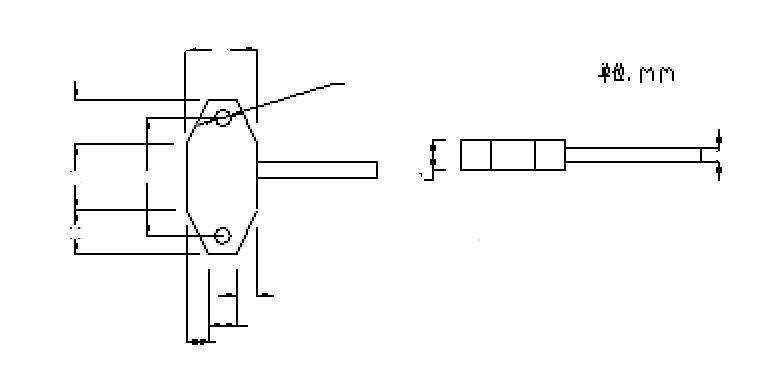Thermal resistance temperature sensor for railway locomotive

Product description:

Thermal resistance temperature sensor for railway locomotive
Characteristics of thermal resistance temperature sensor for railway locomotive:
Platinum resistance temperature sensor usually use PT100, temperature coefficient of resistance is 3.9 * 10-3 / 0 DEG C, the resistance value is 100 ohms, the resistance change rate is 0.3851 ohms / C. Platinum resistance temperature sensor with high precision, good stability, wide temperature range of application, is in the low temperature region (a temperature detector, the most commonly used not only widely used in industrial measurement, and is made of a variety of standard thermometer.
According to IEC751 international standards, the temperature coefficient TCR=0.003851, Pt100 (R0=100) and Pt1000 (R0=1000) are the unified design platinum resistors.
Structure of sensor for thermal resistance temperature sensor of railway locomotive:
Two wire system:
Change of resistance sensor value and the connecting wire resistance value constitute the sensor output value, because of the additional error caused by the wire resistance measured for high measurement accuracy, less demanding situations, and the length of the wire should not be too long.
Three wire system:
The adoption of three wire system will greatly reduce the additional error caused by wire resistance. Generally, the three wire connection is adopted in industry.
Four wire system:
When the measured resistance value is very small, the resistance test line may introduce significant errors, four line measurement provides a constant current for two additional test line, the other two voltage test line measurement of the unknown resistance drop, the voltmeter input impedance is high enough under the condition of current flowing through almost no voltage meter, so that you can drop accurate measurement of the unknown resistance, calculated the resistance value.

